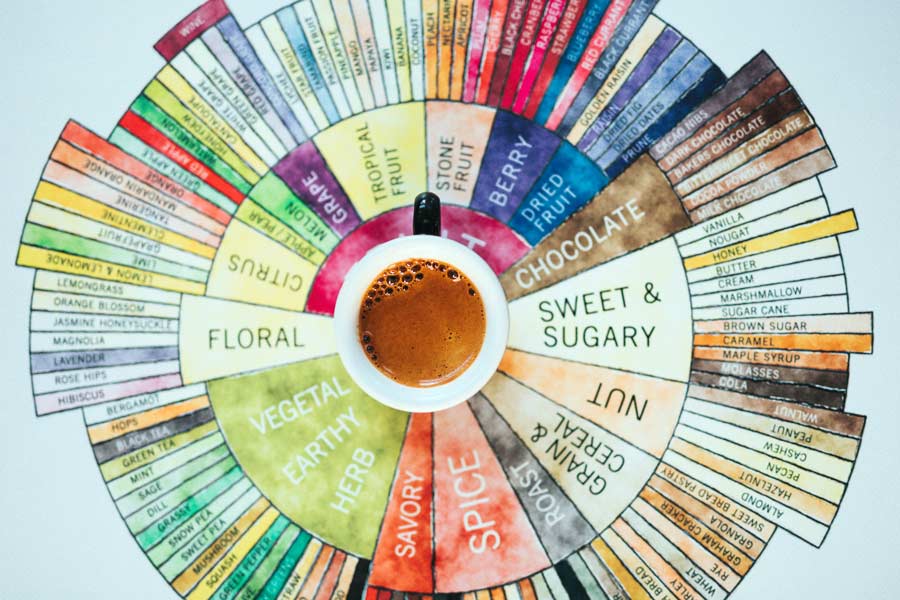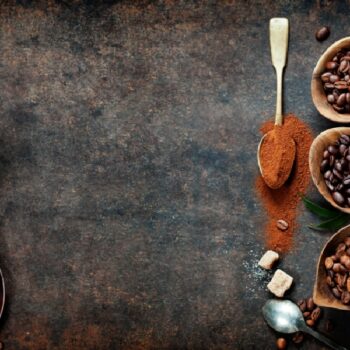How does coffee bean density affect flavor? Many people ask themselves this question when learning how to roast, and it’s an interesting topic to get into for anyone wanting to learn as much as they can about their beloved drink. Coffee bean density (how soft or hard your beans are) is crucial for traders, green coffee buyers, and roasters alike. To better understand coffee density, you need to know how they are categorized and graded and how density affects the roasting process and the flavor in the cup. Let’s jump in and discuss how and why coffee bean density affects flavor.
What is Bean Density?
Density refers to the level of compactness of any substance. It is calculated by dividing an object’s mass by its volume. So, coffee density is defined as the weight of a coffee bean divided by its volume. You can easily identify denser beans by looking at the fissure line. When the line that runs down the middle of the bean is only slightly open and close to straight, the bean is denser. Bean density is an important metric that coffee professionals use worldwide to sort and grade coffee. Denser or harder beans come at a higher price compared to soft or less dense beans.
What Affects Coffee Bean Density?
Many people believe that coffee grown at higher altitudes is better. There are some truths and exemptions to this when talking about bean density. Even though coffee also grows in hot climates, it ripens slowly in cooler climates. For this reason, coffee grown in higher altitudes will become denser compared to coffee grown in lower altitudes. These beans are more desirable as they contain more flavors and sugar content. On the other hand, softer beans mature faster in lower altitudes because of warm temperatures. Other factors that influence coffee density are:
- Coffee species and varietal
- Climate
- Soil quality
- Processing method
- Storage
- The moisture content of the bean
How to Roast Soft and Hard Beans
Roasters need to observe some important parameters when roasting beans. Roasting beans of different densities or sizes mean that each will develop differently. It is best to sort and categorize them according to size for true consistency. Even though they may be largely uniform, softer and harder beans will behave differently when roasting. Airflow and charge temperature should be considered during the entire roasting process.
Less dense or softer beans require a lower charge temperature because they contain more air. A higher starting temperature may scorch the outside of the bean, because heat transfer is slow throughout the bean itself. Soft beans require a longer roast since they use a lower charge temperature.
On the other hand, denser or harder beans lack air and have a more compact structure. They require a higher temperature when roasting to ensure heat spreads evenly throughout the bean. Density also has an impact on sugar developed during roasting. In essence, hard beans have a better flavor development compared to soft beans. Roasters should consider roasting denser beans in small batches to achieve maximum precision.
Conclusion
Before roasting, professionals need to record the temperature, density, and moisture content they want to roast at. While roasting, they also need to record all the data for in order to understand the result. All of these steps are necessary to know the ideal roast profile for every coffee. Next time you enjoy a delicious cup of your favorite coffee blend, take a moment to remember all the care and consideration that went into the roasting process of every batch!






